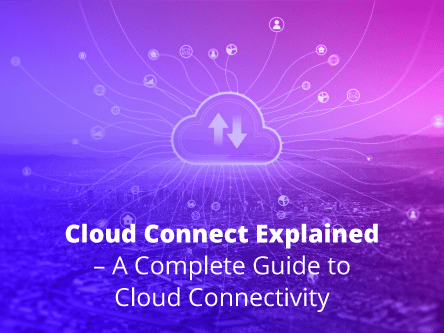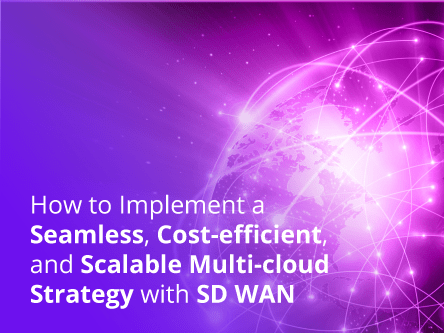Digital transformation in the financial services and insurance sector has been accelerated by strong and healthy competition. From neobanks to peer-to-peer banking and crowdsourced insurance schemes to innovative Fintech and cryptocurrency pilots between central banks, financial institutions (FIs) are either cloud-native or are moving rapidly to the cloud to stay competitive.
Whether for backup, disaster recovery, application development, compliance, internal management or data analytics, FIs are embracing cloud computing in various ways to boost agility, customer experience and long-term profitability. Some sectors, such as insurance, have earned a reputation for being more cautious due to data security and other fears, while banks sit on the opposite end of the spectrum—protecting their turf against digital banks and FinTech eyeing financial inclusion and uncharted opportunities in blockchain and crypto assets.
Regardless of the approach to cloud adoption, one common strategy is to use multiple cloud platforms and networks to address different business needs and managing risks. However, as cloud adoption pioneers and early adopters have found out, multi-cloud strategies can become a hassle to monitor and control. This can accumulate into a situation where initial efficiencies and resource optimisations gained from cloud transformation start to plateau or even degrade. What is the root of this common scenario in digital transformation?
Distinct and Visible Clouds
The use of multiple cloud platforms can crowd out the important details of the network. This is especially the case if the WAN for the hybrid cloud or multi-cloud infrastructure is not cloud-native. Or else, an FI may have chosen to use basic cloud networking services that do not provide full operational visibility.
In the midst of working with multiple service providers to manage different cloud platforms with their unique operational requirements—IT and cloud operations teams become bogged down. Instead of having a full view of everything that goes on, the teams may focus on only one part of the infrastructure at a time. Other happenings in the system that start small and gain little attention may suddenly escalate, by which time firefighting may be necessary.
Threading Multiple Clouds with a Common Lining
So, let us review the numerous benefits of multi-cloud.
- Moving from IT CAPEX to OPEX allows for better spend projection. Agility, efficiency and scalability are improved.
- Vendor lock-in is avoided, while risks are differentiated and mitigated through reliance on different platforms. The organisation will be able to adopt customer centricity and streamline operations to achieve this laudable objective. And digitalisation helps to break down silos and encourage data sharing across all levels and functions of the organisation.
Now, imagine how all the above benefits are dependent on a technology stack that needs to be well-monitored and controlled. When a fully cloud-transformed organisation loses a grip on full network and cloud visibility—that is when it loses control and takes on avoidable vulnerability.
What common lining can be used to thread all the multiple cloud platforms and internal infrastructure together? The answer is cloud networking. Using the same power of centralisation behind cloud computing, cloud networking centralise the monitoring and control across clouds to maintain constant, granular visibility.
Basic vs. Full-View Cloud Networking
FIs that have started to experience reduced visibility and control over their multi-cloud architecture will realise the cause now. They need to move away from legacy networking, or upgrade any basic cloud networking service for managing multi-cloud to attain full visibility.
One way is to adopt specialised cloud networking services such as Epsilon Cloud Networking. Such solutions were built to afford 24/7 visibility and control over the cloud services and resources.
The solution uses a carrier-grade private network as underlay and a cloud network platform to create an enterprise-class network inside and between public clouds, up to the VPC/VNET level. Epsilon Cloud Networking also allows users to integrate security services, such as FQDN filtering and service insertion of next-gen firewalls, to meet their security and compliance requirements.
By using a versatile dashboard, Epsilon Cloud Networking gives FIs high-performance overview of every cloud resource in their infrastructure.
With cloud networking firmly in place, FIs will be able to regain and even maximise the benefits of multi-cloud strategies. In the process, all the FI complexities of data sovereignty, compliance regulations, cybersecurity and network availability will become simplified and easier to manage.
Future-Proof Cloud Connectivity In An Exacting Regulatory Landscape
Navigating Technology Risk Management and Compliance in accordance with the Monetary Authority of Singapore’s Guidelines
Don't wait any longer, take control today
Send us a message and we’ll get back to you in a jiffy.







